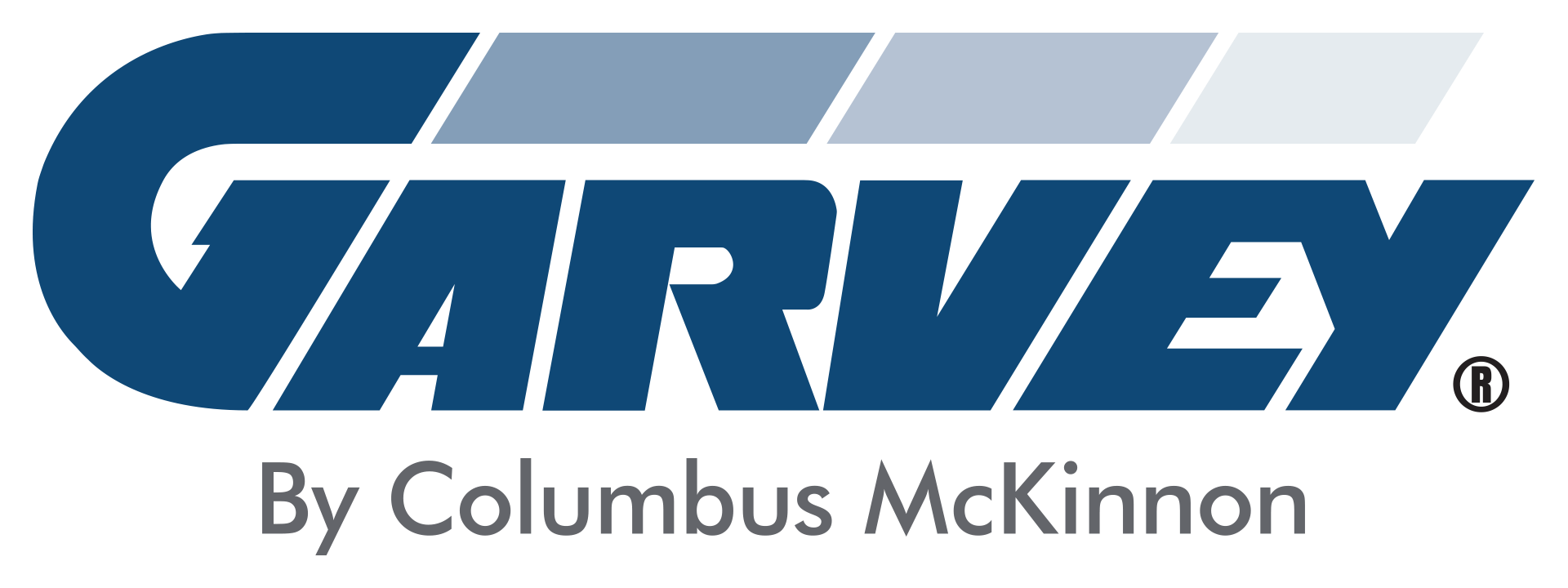If your company is like most in the manufacturing sector, maintenance is your largest fixed cost. By the time you factor in all of the components — downtime, parts, labor, etc. — maintenance takes a big chunk out of your bottom line.
Now for the tough question: are you spending that money wisely?
Here are 5 key metrics to help you assess the effectiveness of your current maintenance program and identify opportunities for improvement.
1. Planned maintenance percentage (PMP)
As you know, there are two types of maintenance activities: planned and unplanned.
- Planned maintenance is what’s done as part of your preventative maintenance program.
- Unplanned maintenance is what’s done in response to a machine breaking down.
Your planned maintenance percentage is the percentage of total maintenance time that falls into the first category.
PMP = (Planned Maintenance Hours / Total Maintenance Hours) X 100
There is no such thing as 100% PMP — even the best-made machines will break down eventually, but your PMP should be at least 85%.
2. Maintenance schedule compliance
Maintenance schedule compliance measures the amount of maintenance work done as a percentage of the amount scheduled.
It’s not as simple as it sounds. Doc Palmer, who literally wrote the book on maintenance planning, calls this “the most dangerous metric in scheduling.” It’s also a vital one, so here are a few tips on how to do it right (see Palmer’s Plant Services article for a more in-depth discussion of these points).
- Don’t aim for 100%. It seems like a good goal, but consider how easily it can be manipulated. If I schedule two activities and I complete two activities, my compliance is 100% — never mind that those two activities might have only taken me 4 hours while you’re paying me for 40. Palmer suggests loading weekly schedules with 100% of the available labor hours, but only expecting between 40% and 90% compliance. The difference is how much unplanned maintenance needs to take place in any given week.
- Measure compliance weekly, not daily. Anything can happen on a normal day that causes maintenance work to be shuffled around. Palmer notes that “focusing on the week as a whole leads to high productivity without obsession about the daily result.”
- Measure work orders, not work hours. Unless you’re a brilliant estimator, work hours may not be indicative of real results because jobs often take longer than estimated. Work orders are easier to understand and explain.
- Don’t reward or penalize staff for extra work. Focus instead on the success of the original schedule.
3. Overall equipment effectiveness (OEE)
OEE takes three factors into account: availability, performance, and quality.
OEE % = Availability X Performance X Quality
An OEE of 100% would mean that your machines are always running at their maximum rate and every product that comes off your line is perfect. Like 100% PMP, this result is impossible, but the calculation can help you assess gaps in your maintenance process.
Read more: 7 Production Line KPIs That Will Help You Improve Manufacturing Performance
4. Mean time between failures (MTBF) and mean time to repair (MTR)
We put these two metrics together because as a group they provide the big picture of how much time manufacturers are losing on a regular basis to minor issues, like equipment jams.
While these numbers may be individually small (on the order of minutes), over time they can add up to major productivity and profit losses.
Read more about MTBF, MTR, and throughput in our article “What Is Throughput and Why You Should Care.”
5. Maintenance cost per unit produced
Maintenance cost per unit produced is a simple equation that can reveal a lot about the efficiency of your maintenance operations.
For a given measurement period:
Total Maintenance Cost / # Units Produced
If your maintenance costs are too high, check your PMP for the same measurement period — it’s likely under the 85% goal.
We recently launched a new preventative maintenance program to help manufacturers keep the lines running and their costs under control. Learn more about Garvey Annual Maintenance Agreements.




